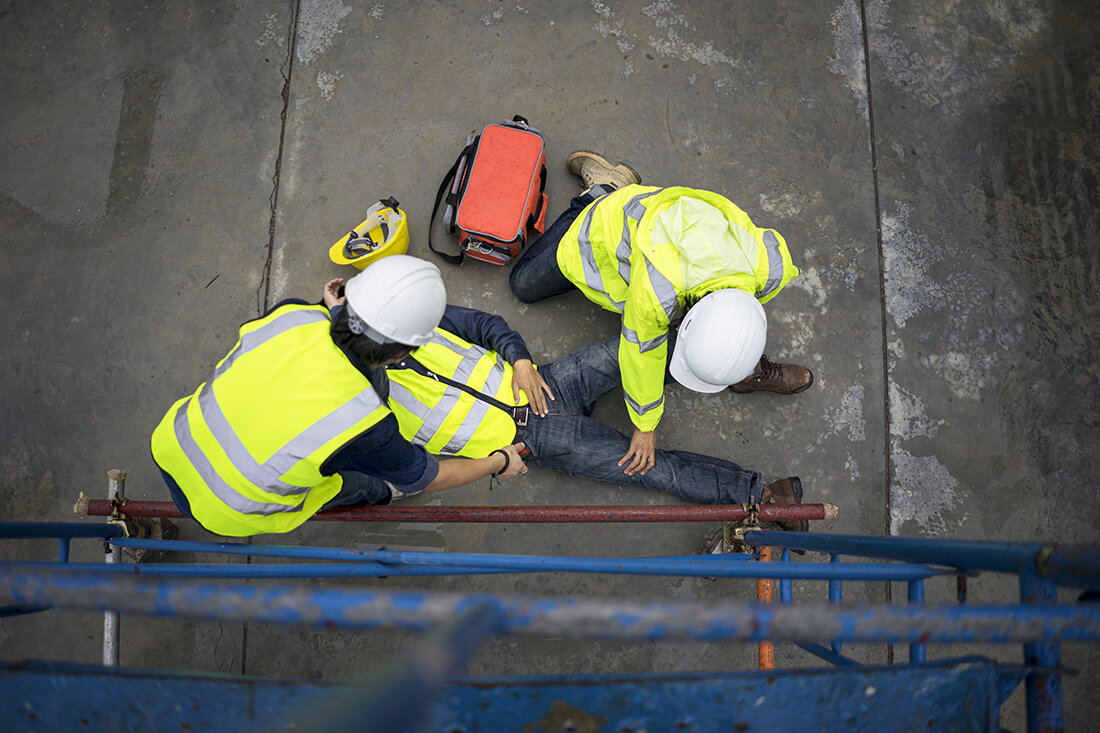
Toolbox Talk: Fall Categories
U.S. workers are exposed to fall hazards every day. These hazards can be placed into two categories:
1. Falls on the same level.
2. Falls from a different elevation.
Let’s identify these categories so that potential falls can be avoided.
Same Level Falls
• Slipping could be due to ice on the walk, oil or grease on the floor, a small piece of pipe, a soft drink bottle, or a welding rod stub, just to name a few. We can avoid these hazards in two ways; first, practice good housekeeping by keeping work areas clean and orderly; and second, be alert and watch your step.
• Tripping can be caused by an irregular surface, lines or hoses across walkways, tools not in their proper place, poor lighting, and many others. The rules for avoiding tripping hazards are much the same as for slipping hazards; that is, practicing good housekeeping, watching your step, and, in addition, keeping your work boots in good condition. Bad soles and heels have caused many falls.
Falls from a Different Elevation
These falls are usually more serious than falls on the same level. These too can be caused by slipping and tripping, but are also caused by many other factors such as misjudging a step, over-reaching a ladder or scaffold, not tying a ladder off properly, faulty handrails, not using a personal fall arrest system when we should, and many more examples.
To avoid these situations, assess the job site and make appropriate changes to create a safe environment, free of any fall hazards. Depending on the situation, you may need to get others involved who are more equipped to fix the fall hazard. If you are uncomfortable fixing these problems, notify a supervisor or manager.

